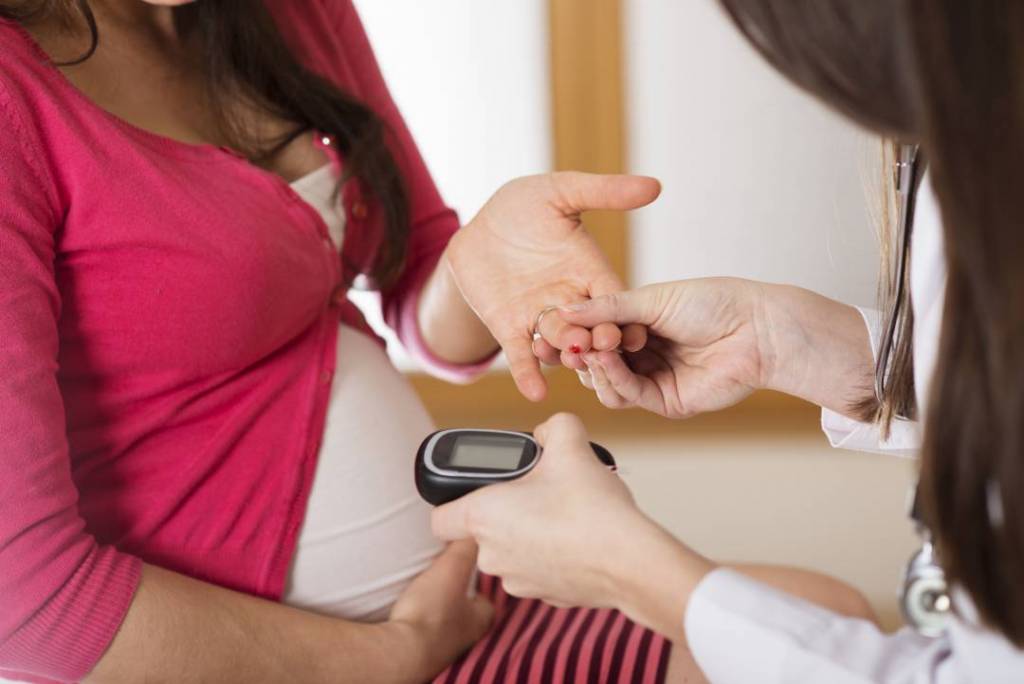Diabetes is one of the most common disorders facing many western countries. People are getting diagnosed in the United States at a younger and younger age. Diabetes is a metabolic disorder that causes blood glucose levels to stay high because of insufficient insulin levels in the body. There are two main types and both present at different ages and in different ways.
Before we get into what happens to the body that has Type I or Type 2 Diabetes, let’s look at how a healthy body metabolizes glucose.
Normal Metabolizing of Glucose
All of the goodies that you like to eat that contain carbs, sugar, and some dairy break down into glucose during digestion. That glucose gets released into the bloodstream, and that helps determine your glucose level. Some of that glucose goes to work in the liver right away and can be used as energy.
When your body feels that rise in glucose levels, your pancreas produces insulin and that insulin lets glucose flow into muscle and fat cells where they can be burned off. But in a body that has little to no insulin production that process comes to a halt.
Diabetic Bodies
For a diabetic the glucose never metabolizes at a normal rate, this causes the glucose level to remain. If your levels are over 140 mg/dl two hours after a meal, you’re probably pre-diabetic, and if it’s over 200 mg/dl, it is likely you are diabetic.
Types of Diabetes
Type 1
Type I is usually diagnosed in the teen years and is most prevalent in males. It impacts nearly 10% of the population. Type I is usually inherited, and the body’s own immune system attacks the pancreas, preventing it from created glucose.
Type 2
Type 2 is the most common form of the disorder. It usually presents after the age of 40 but is being diagnosed in younger and younger patients. It affects males and females and diet does play a factor.
In Type 2, the pancreas produces insufficient insulin, or the cells develop become resistant to insulin. Obesity is what can cause the cells to become resistant.
Gestational Diabetes
This type typically occurs in the third trimester of pregnancy and can sometimes lead to type 2 diabetes. However, in most cases, glucose levels return to normal after pregnancy.
Now that we know what each type can do to the body let’s take a look at the symptoms that can cause concern.
1. Lots of Bathroom Breaks
This one is one of the most irritating symptoms on the list. Frequent urination happens because your kidneys are working overtime to help remove as much glucose from your blood as possible. So, if you find yourself peeing more than often and waking up frequently to go to the bathroom at night you may have the condition is known as nocturia. This frequent urination will take a toll on your kidneys if ignored.
2. Groin Itch and Irritation
Because the urine of a diabetic is very high in glucose, the groin area can become inflamed. Be on the lookout for swelling and itching.
3. Can’t Quench Your Thirst
All of those bathroom breaks mean that you are probably feeling dehydrated. A diabetic will often drink much more than a normal person during the day and even wake up to drink at night.
4. No Energy
Glucose is absorbed into the cells of the muscles and fat cells is what gives your body its get up and go. Without the glucose absorption, you will feel tired and listless. Constantly being worn out is a symptom that most diabetics will experience.
5. Dramatic Weight Loss
No, this isn’t the good kind weight loss. This one can be a major cause for concern. If you see the scale take a big dip, keep in mind that if the body is not burning glucose, it will burn muscle.
6. A Cut That Won’t Heal
Diabetes can suffer from cuts or sores that can go months without healing properly. That’s because EPCs or the endothelial progenitor cells don’t travel as efficiently to wound sites in a diabetic person.
7. Frequent Vision Changes
Glucose levels that remain high can even alter the shape of your eye lens. This change in shape can result in blurry vision or even vision loss. It may also mean frequent changes to your eye prescriptions. If you have a concern, be sure to check with a doctor before the eye damage become irreversible.
Diabetic Ketoacidosis
This condition can come on if diabetic symptoms are missed or ignored. Ketoacidosis happens when the lack of glucose causes the fatty acids and proteins that are broken down to release energy to produce acidic ketone bodies. When the ketone levels in blood and urine rise above normal, the blood turns acidic.
Some of the symptoms of diabetes can be overlooked, and ketoacidosis is often what clues a person into to the fact their body isn’t working right. Here’s what to look out for:
Sudden and progressive appetite loss
Breath smells like fruit
Nausea and vomiting
Stomach pain
Fever
Sleepiness
Muscle cramps
If any of these symptoms persist for more than 24-hours, contact your doctor right away.
Diabetes can’t be cured, but it can be managed. Getting tested saves your body a lot of damage and will help you live a long and active life.
Please Share With Your Friends and Family!
Featured Image Courtesy: Graphic Stock (www.graphicstock.com)
Note: Peace Quarters is an open platform for contributors to share their thoughts, experiences, and wisdom. If you’d wish to contribute sign up to our expert’s program here!



















